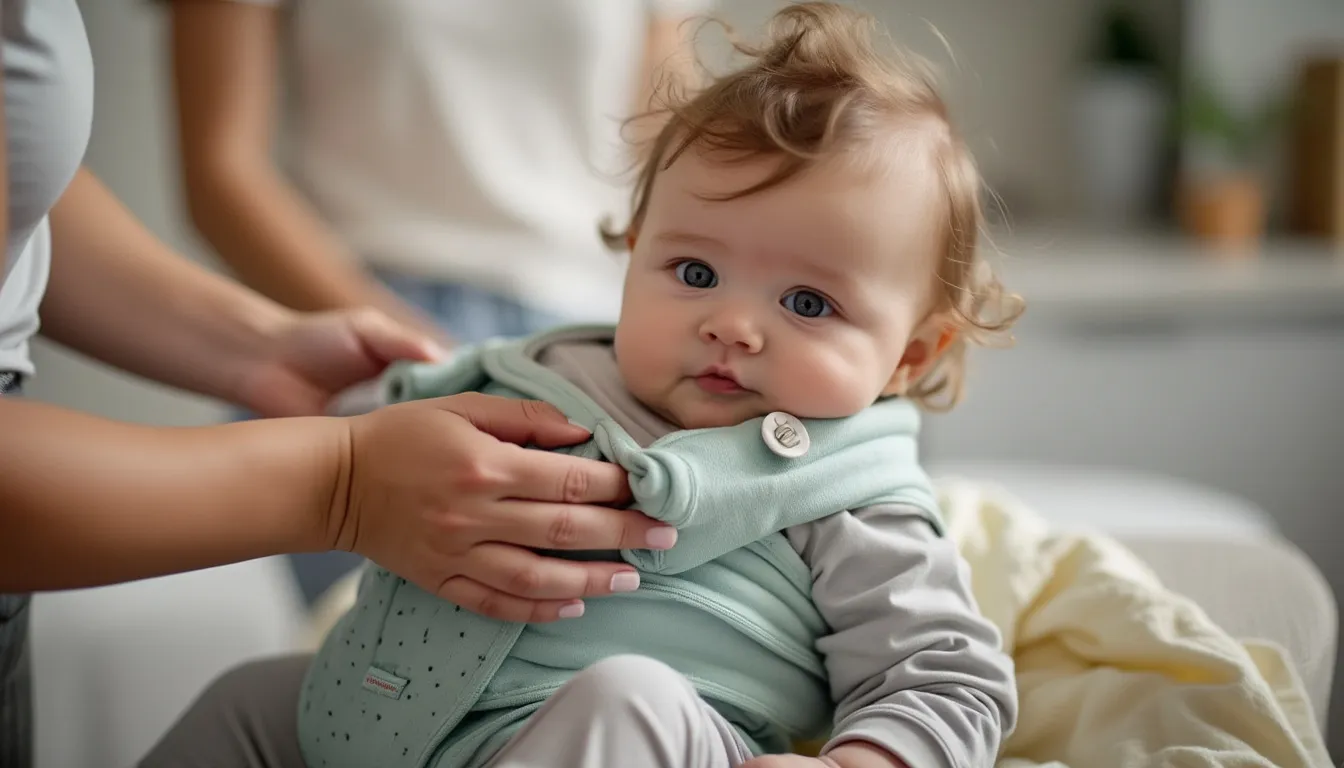How to Clean and Maintain Your Baby Carrier
As a mom, finding the right baby products can feel like navigating a maze. One of the essential items in your parenting arsenal is a baby carrier. Not only does it offer convenience, but it also fosters bonding with your little one. However, like any other baby product, it requires regular cleaning and maintenance to ensure safety and longevity.

When I first bought my baby carrier, I was overwhelmed by the different types and materials available. After settling on one that suited my lifestyle, I quickly realized that keeping it clean was crucial. Babies can be messy, and spills, drool, and even diaper leaks are inevitable. Here’s how I learned to keep my carrier in top shape.
Understanding the Material
First, it's important to understand the material of your baby carrier. Most are made from cotton, polyester, or a blend of both. Each material has its own cleaning requirements. For instance, cotton is generally machine washable, but always check the label for specific instructions. Polyester, on the other hand, may require a gentler touch.
Regular Spot Cleaning
Spot cleaning is your first line of defense against stains. I always keep a damp cloth handy for quick clean-ups. A mild detergent mixed with water works wonders on small stains. Gently dab the stained area, but avoid rubbing too hard to prevent fabric damage.
Machine Washing
For a more thorough clean, machine washing is often necessary. I recommend placing the carrier in a laundry bag to protect straps and buckles. Use a gentle cycle with cold water and a mild detergent. Avoid fabric softeners as they can degrade the material over time.
Drying
Air drying is the best method to maintain the integrity of your baby carrier. I usually hang mine in a well-ventilated area, away from direct sunlight to prevent fading. Avoid using a dryer as the heat can damage the fabric and affect the carrier's fit.
Regular Inspections
Aside from cleaning, regular inspections are vital. Check for wear and tear, especially on the straps and buckles. If you notice any fraying or damage, it might be time to replace parts or the entire carrier. Safety should always be a priority.
In conclusion, maintaining your baby carrier is not just about cleanliness; it's about ensuring your baby's safety and comfort. By following these steps, you can extend the life of your carrier and keep it looking fresh. Remember, a well-maintained carrier is a happy carrier!
Car Seats
Car Seat Expiration Dates: What Parents Need to Know
Eco-Friendly Car Seats: Sustainable Options for Parents
Common Mistakes Parents Make with Car Seats and How to Avoid Them
How to Fit Three Car Seats in the Back Seat of Your Car
How to Choose the Right Car Seat for Your Baby’s Age and Weight
Understanding Car Seat Safety Standards and Regulations